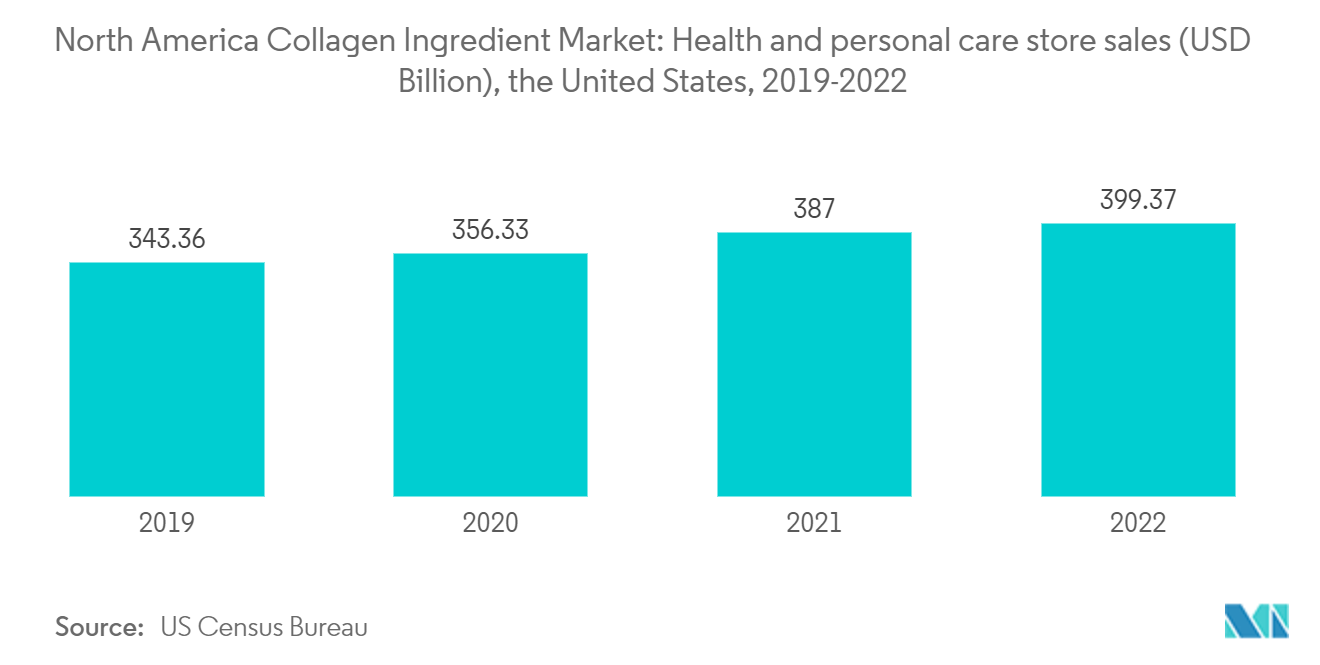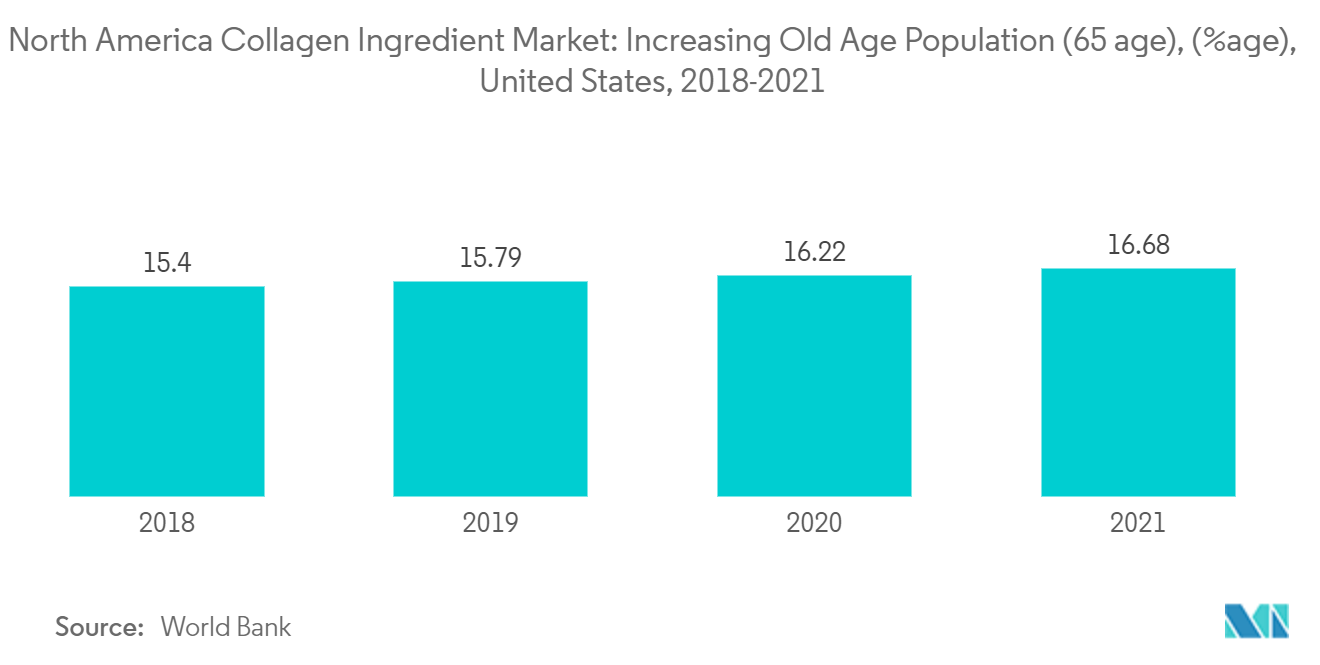Market Trends of North America Collagen Ingredients Industry
Growing application of collagen in the personal care industry
- North American collagen demand in the personal care industry has surged in recent years, driven by its proven benefits for skin health and its versatile application in various beauty and skincare products. This remarkable protein, naturally found in the body's connective tissues, plays a pivotal role in maintaining skin elasticity, hydration, and overall youthful appearance. The personal care industry's fascination with collagen has led to a wide range of products harnessing its potential, from anti-aging creams to serums, masks, and beyond.
- Additionally, Collagen fibers are used in cosmetic creams as a nutritional supplement for bone regeneration, cartilage regeneration, vascular and cardiac reconstruction, skin replacement, and soft skin augmentation, among other things. Collagen ingredients are found in many soaps, shampoos, facial creams, body lotions, and other cosmetics.
- Hydrolyzed collagen is a key component in skin and hair care products. In the personal care industry, hydrolyzed collagen is combined with surfactants and active washing agents in shampoos and shower gels. These are the factors anticipated to initiate product demand over the forecast period.
- Moreover, the rise of personalized skincare has prompted companies to be innovative and develop customized collagen-based solutions tailored to individual needs. As a result, the companies are showing positive growth in revenue.
- For instance, the Sephora brand at Kohl's stores-within-a-store beauty sales jumped roughly 150% year-over-year between 2021-2022. similarly, Ulta Beauty's net sales grew 12.3%, comparable sales rose 9.3%, and net income increased 4.7%. Thus, the industry continues to evolve, with collagen versatility, efficiency, and potential for innovation.

United States hold major share
- The market for collagen in the United States is expected to be driven by the growth of various end-user industries such as healthcare, cosmetics, and food & beverage, among others. In addition, the market in the region is expected to be positively influenced by the rising preference for health drinks among consumers. The regional market is expected to benefit from the presence of a strong healthcare industry coupled with increased public expenditure on healthcare, especially in the United States. The demand for the product is expected to be driven by the increasing demand for gummy confectionery products.
- Moreover, With increasing old age, the body's production of collagen declines, and the integrity of the collagen found in the bones decreases with age as well, leading to a reduction in bone strength. Thus, the increasing old age population in the United States creates new opportunities for the collagen ingredient market in the coming years. The market players are focusing on product launches specific to joint health to cater to the market share. For instance, in 2021, United States-based Lonza expanded its UC-II undenatured collagen ingredient line for joint health supplements. The new UC-II supplement is certified as made with organic collagen and Non-GMO Project Verified.


